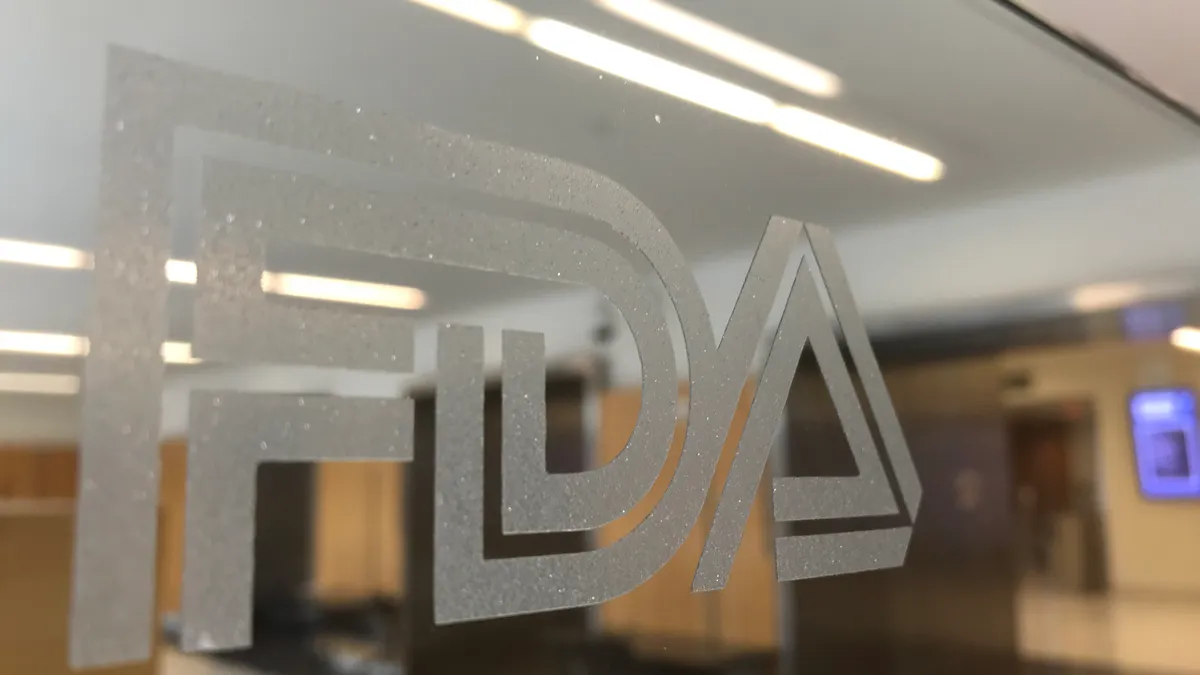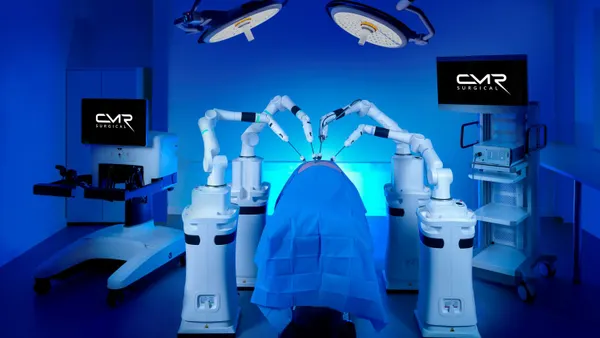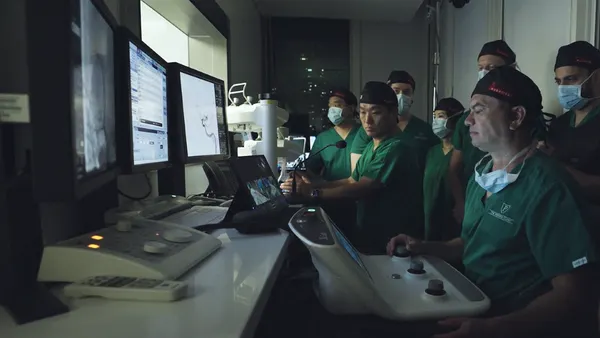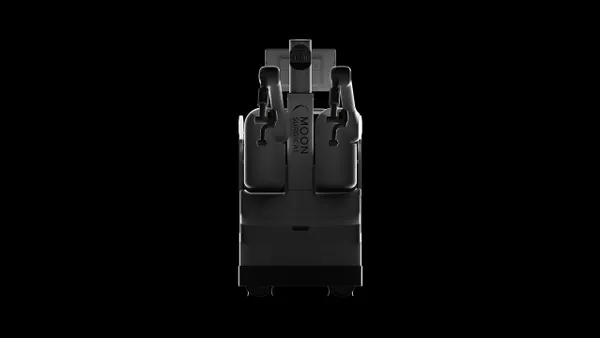Dive Brief:
-
FDA Tuesday published final guidance on its new Safer Technologies Program for Medical Devices (STeP) program, targeted at products with significant safety benefits in non-life-threatening or reasonably reversible conditions less serious than those eligible for the agency's Breakthrough Devices Program.
-
The guidance for its voluntary STeP program is intended to provide additional support to developers of devices that significantly improve on existing products but do not meet all the criteria for the Breakthrough Devices Program, while preserving the statutory standards for premarket approval, De Novo marketing authorization, and 510(k) clearance.
- AdvaMed pushed back against elements of the draft STeP guidance in 2019. The final guidance features changes to sections criticized by the lobbying group, specifically in relation to what qualifies as a "significant" improvement to patient safety.
Dive Insight:
FDA proposed STeP to enable developers of safer devices and diagnostics targeting diseases excluded from the Breakthrough Devices Program to benefit from prioritized review and more communication with its staff. AdvaMed welcomed the intent of the voluntary program but found fault with FDA’s statement on how it will work, calling for the agency to "provide a clear and detailed definition of 'significantly' when describing the requirement for inclusion in the program."
The final guidance features additional information on the eligibility criteria. In a new paragraph, FDA states it will "evaluate the significance of the safety benefit within the context of the overall benefit-risk framework for the particular device and proposed intended use." FDA will take factors such as the patient population and severity of the safety issue into consideration.
FDA also gave new examples of the types of medical devices that could qualify because they enable "a reduction in the occurrence of a known serious adverse event." The final guidance states an implant that is "reasonably expected to significantly reduce or eliminate debilitating symptoms" associated with similar products would meet the criteria. In vitro diagnostics addressing serious adverse events associated with newly approved drugs could also qualify.
The final guidance also includes additional details on other ways devices can qualify. Notably, FDA has significantly expanded a section on qualification through “an improvement in the safety of another device or intervention.”
FDA gave the example of a pediatric illness currently treated with multiple surgeries. If a new device treated the illness through a single intervention, it could qualify for STeP. Similarly, a device that ends the need for invasive sampling could be eligible.
The agency also added a long paragraph to a section on the regulatory path to clarify the statutory and regulatory requirements applicable to a device are unaffected by participation in STeP. Inclusion in the program does not mean a device is "safe" or "safer," the final guidance emphasizes. Rather, acceptance into the program only means there is a "reasonable expectation" that a device may significantly improve on the current risk-benefit profile.
Scott Danzis, a partner in the Washington, D.C. law firm of Covington & Burling LLP, said in a written statement that STeP is a "welcome complement" to the FDA's Breakthrough Devices Program.
"STeP will provide an avenue for more timely interactions and collaboration with FDA reviewers for devices that provide safety improvements, but which do not qualify as breakthrough devices. I would encourage device companies to consider this pathway and discuss it with FDA early in the product development lifecycle," Danzis said.
Modeled after the FDA's Breakthrough Devices Program, the agency intends for STeP to similarly incorporate "interactive and timely communications, early engagement on Data Development Plans (DDPs), sprint discussions, and senior management engagement."
However, Bradley Merrill Thompson, attorney at Washington, D.C. law firm Epstein Becker Green, points out that FDA offers no assurance of a quicker review or accelerated time frames with STeP.
"It's all just a vague commitment to work with the sponsor and invest more agency time," Thompson said. "They talk about finding an efficient path, but they are legally required to pursue the least burdensome pathway for all medical devices. So, if they have figured out some clever, efficient way of going about the regulatory process for a device, they ought to be applying that regardless of whether a device is in this program."
Thompson contends that while offering incentives to medtechs to improve safety is a "laudable" goal, he believes the program will be difficult to administer precisely because it focuses on safety.
"In contrast to the Breakthrough Devices Program, where the issue is whether the device is intended for use in an important way or evidences a novel approach, safety is proved in the pudding. And that improved safety may not reliably be assessed until well into the evidence development process," he added.
FDA said it may need up to 60 days to take the actions needed to put the program into effect. The agency will not accept requests for inclusion in STeP while it is setting up the program. FDA will share a more detailed look at the program at a Feb. 1 webinar.
Greg Slabodkin contributed reporting.











